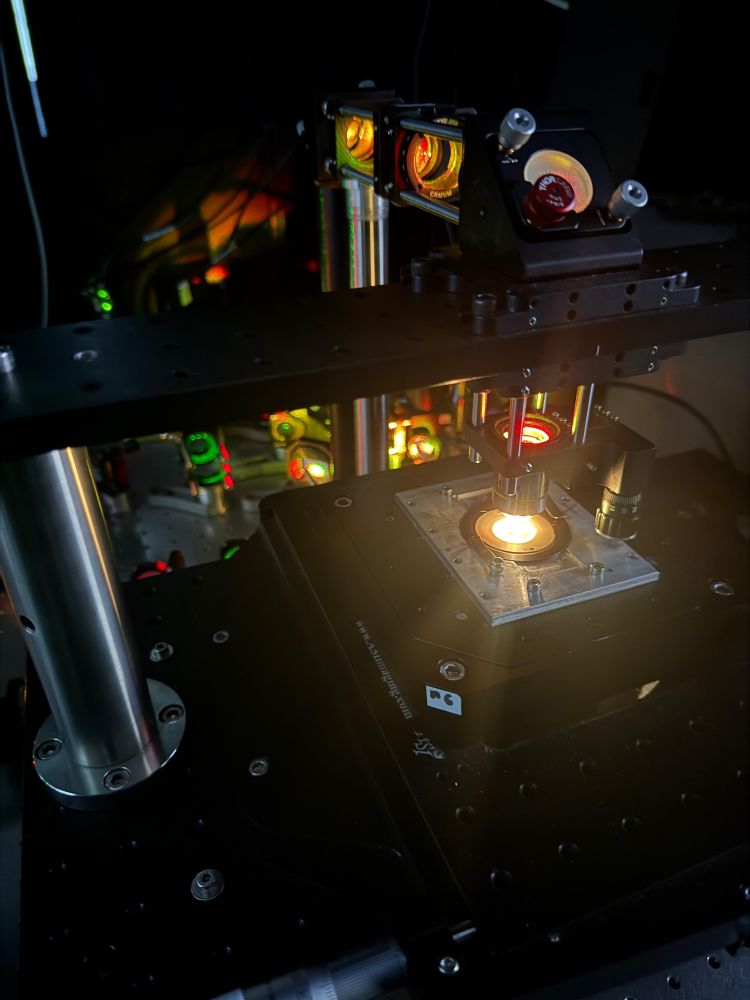Drosophila brain imaging by #SnoutClub.
Photons are my own.
Any information or support you can provide would be greatly appreciated.

Any information or support you can provide would be greatly appreciated.
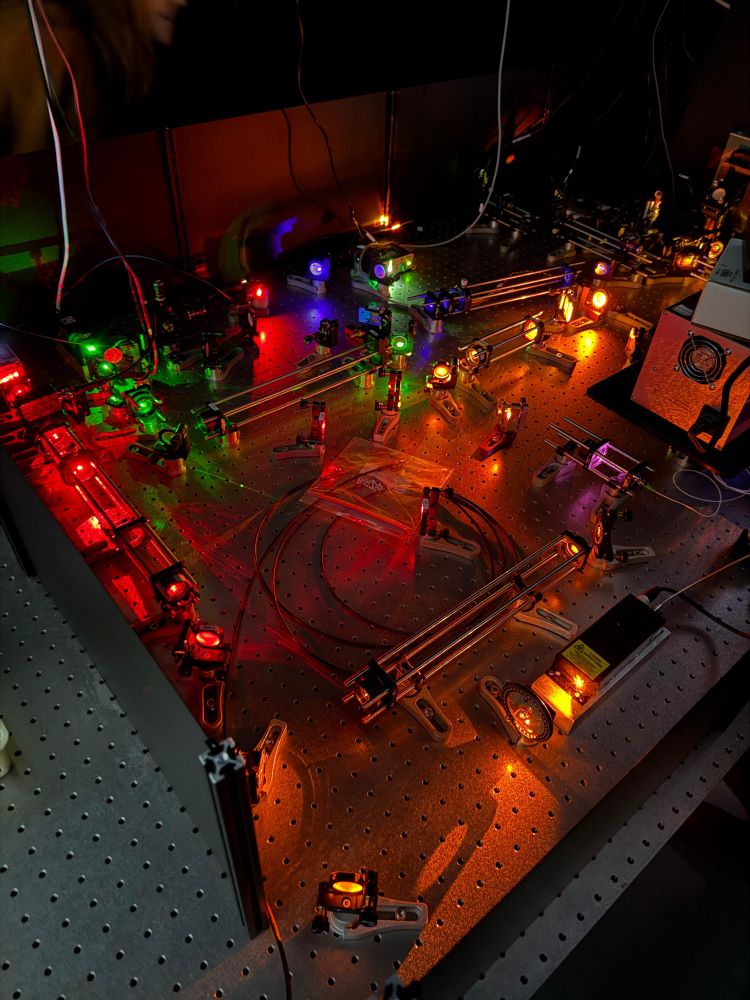
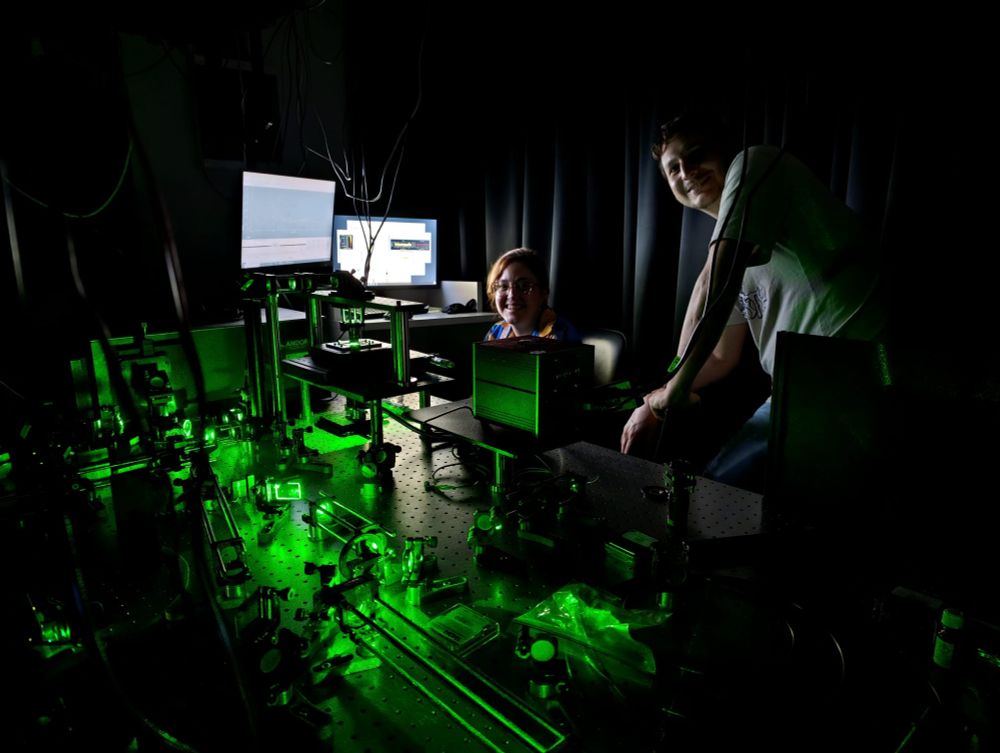
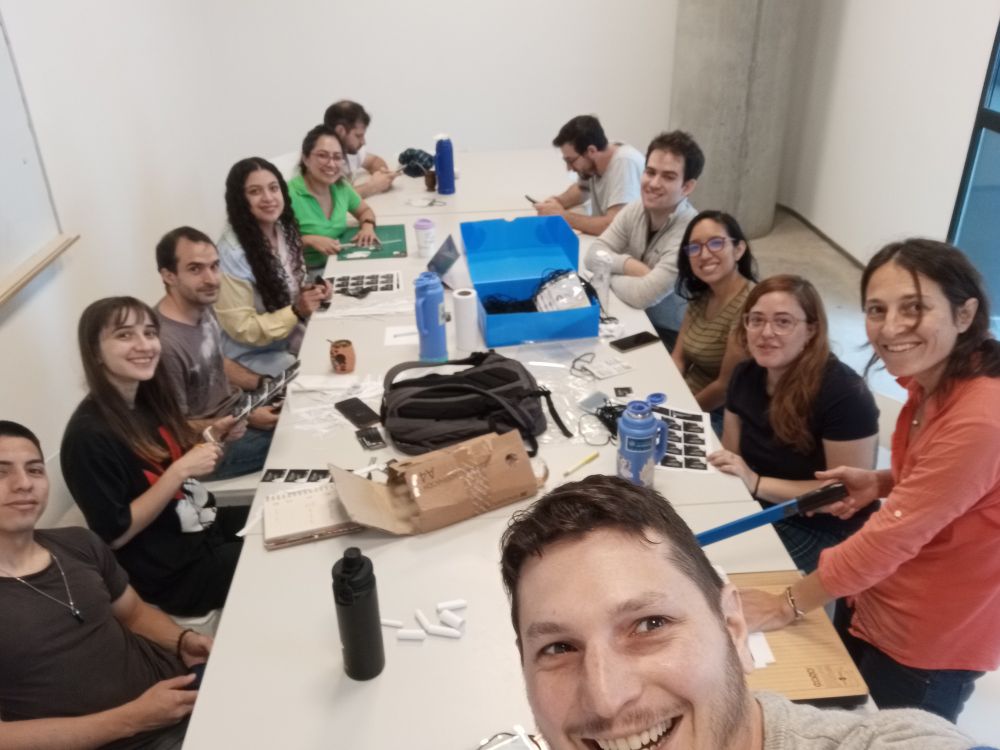
El investigador Alberto Scarpettini charlará sobre nanoestructuras híbridas núcleo-satélite formadas por satélites plasmónicos de oro soportados sobre núcleos magnéticos de óxidos de hierro para la remediación asistida por luz solar de agua que contiene arsénico

El investigador Alberto Scarpettini charlará sobre nanoestructuras híbridas núcleo-satélite formadas por satélites plasmónicos de oro soportados sobre núcleos magnéticos de óxidos de hierro para la remediación asistida por luz solar de agua que contiene arsénico
Big thanks also to @amsikking.bsky.social , @andrewgyork.bsky.social and
@lumasullo.bsky.social, they have always been there to help.
Stay tuned for new imaging on living Drosophila!
6/6

Big thanks also to @amsikking.bsky.social , @andrewgyork.bsky.social and
@lumasullo.bsky.social, they have always been there to help.
Stay tuned for new imaging on living Drosophila!
6/6
Here the membrane is labelled in green (GFP), and dense core vesicles are labeled in magenta (mCherry).
We also show mitochondria imaging in the manuscript.
5/6

Here the membrane is labelled in green (GFP), and dense core vesicles are labeled in magenta (mCherry).
We also show mitochondria imaging in the manuscript.
5/6
We can image the fly for 30 minutes without bleaching it, and can get 10 times more images than with confocal microscopy!
Also, we don't rely on phototoxic pulsed infrared lasers like in 2-photon microscopy.
4/6
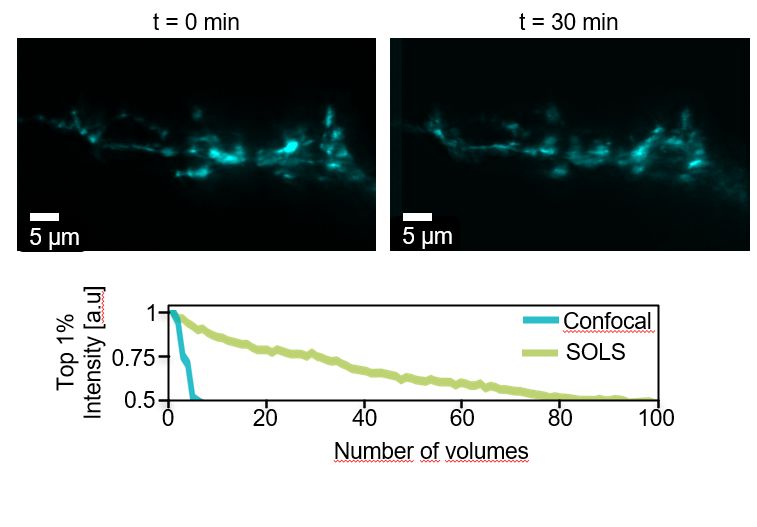
We can image the fly for 30 minutes without bleaching it, and can get 10 times more images than with confocal microscopy!
Also, we don't rely on phototoxic pulsed infrared lasers like in 2-photon microscopy.
4/6
The NA=1.1 allowed high spatial resolution.
Here, a line intensity profile showing features as small as 360 nm.
3/6

The NA=1.1 allowed high spatial resolution.
Here, a line intensity profile showing features as small as 360 nm.
3/6
It is less invasive than a lattice light sheet because it requires a smaller dissection area on the head´s cuticula, as it is only necessary to accommodate the light cone of a single objective. And it is simpler. 2/6
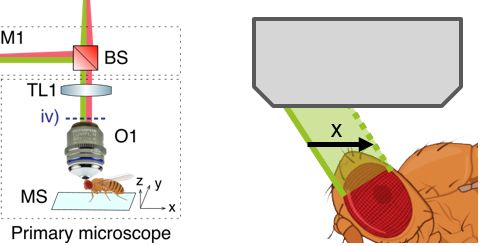
It is less invasive than a lattice light sheet because it requires a smaller dissection area on the head´s cuticula, as it is only necessary to accommodate the light cone of a single objective. And it is simpler. 2/6
New Preprint by Tassara et al.!
www.biorxiv.org/content/10.1...
#FluorescenceMonday #SnoutClub 1/6
New Preprint by Tassara et al.!
www.biorxiv.org/content/10.1...
#FluorescenceMonday #SnoutClub 1/6
Miren que lindo logo!
Hay tiempo hasta el 21 de Febrero para pedir ayudas económicas!
Acá pueden leer la segunda circular con toda la información:
drive.google.com/file/d/13_JS...

Miren que lindo logo!
Hay tiempo hasta el 21 de Febrero para pedir ayudas económicas!
Acá pueden leer la segunda circular con toda la información:
drive.google.com/file/d/13_JS...
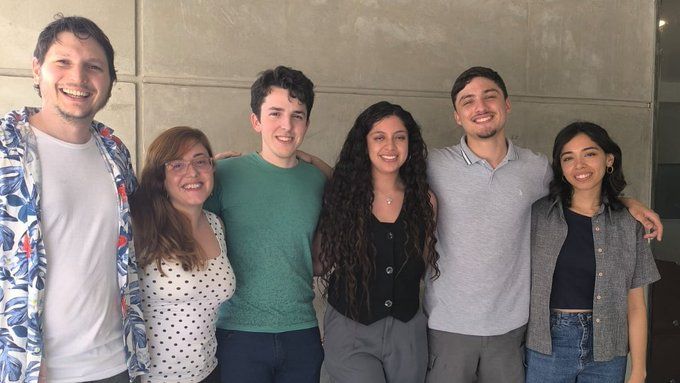
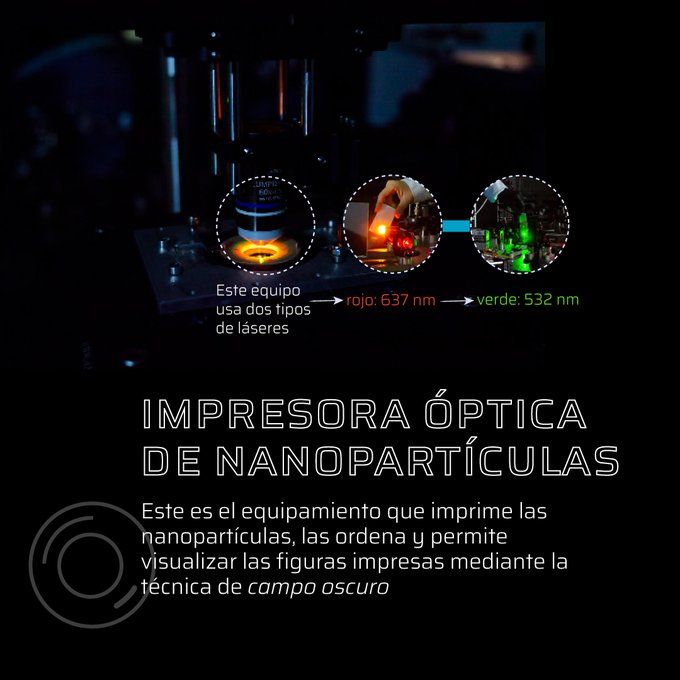
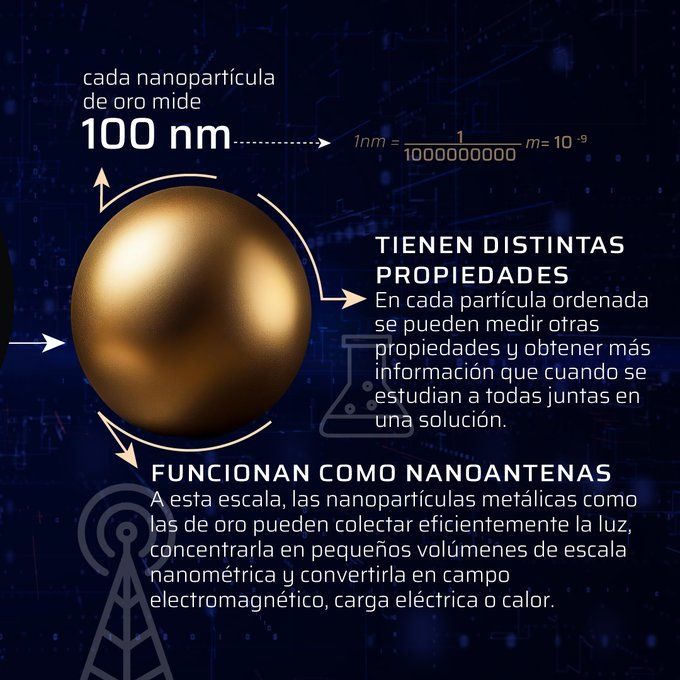

¿Cómo hicimos este logo de
@unsamoficial
con nanopartículas de oro de apenas 100 nanómetros?
⬇️⬇️
Sale 🧵
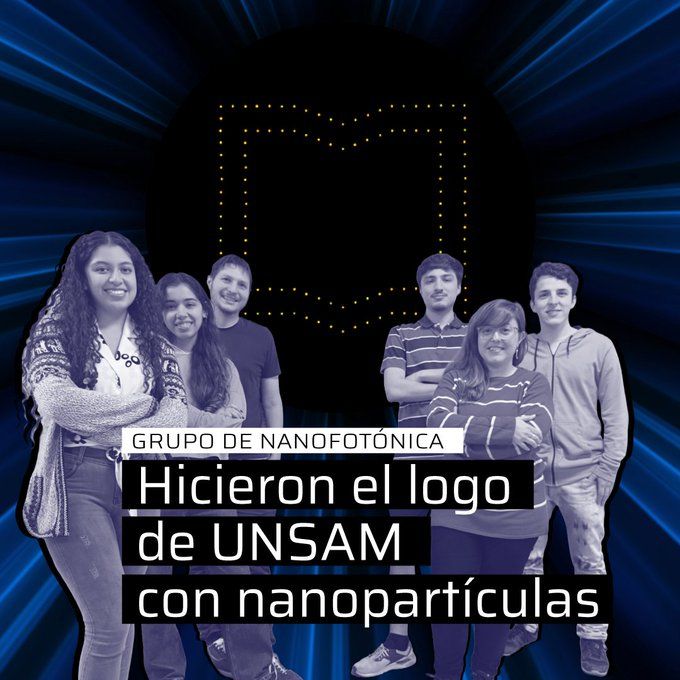
¿Cómo hicimos este logo de
@unsamoficial
con nanopartículas de oro de apenas 100 nanómetros?
⬇️⬇️
Sale 🧵


